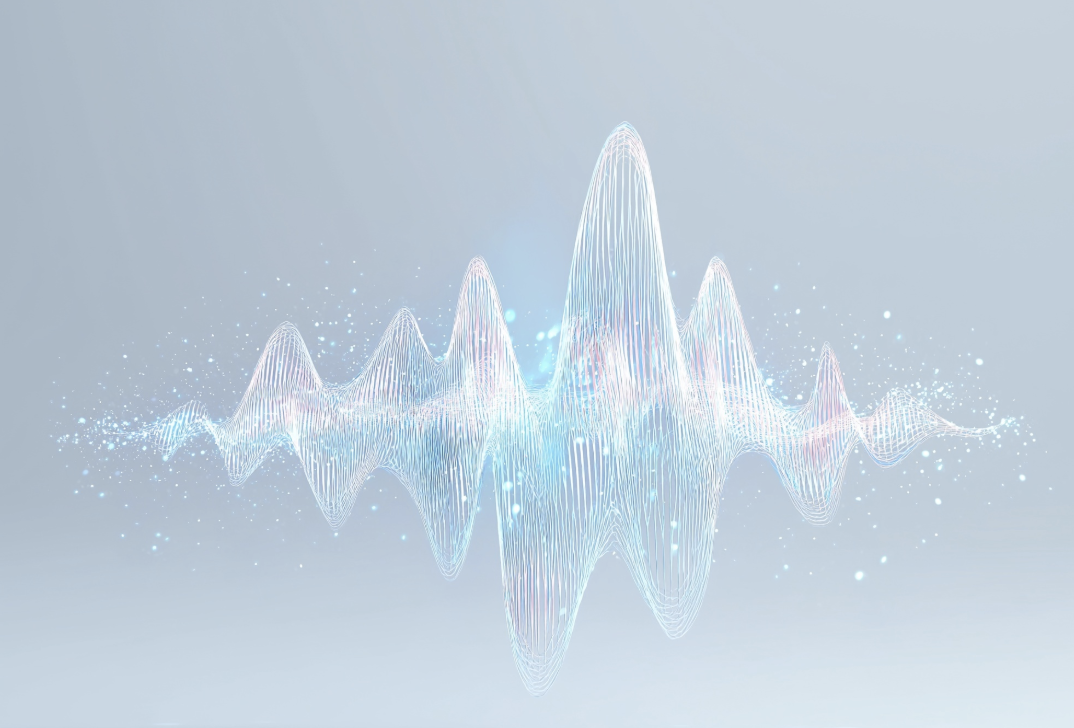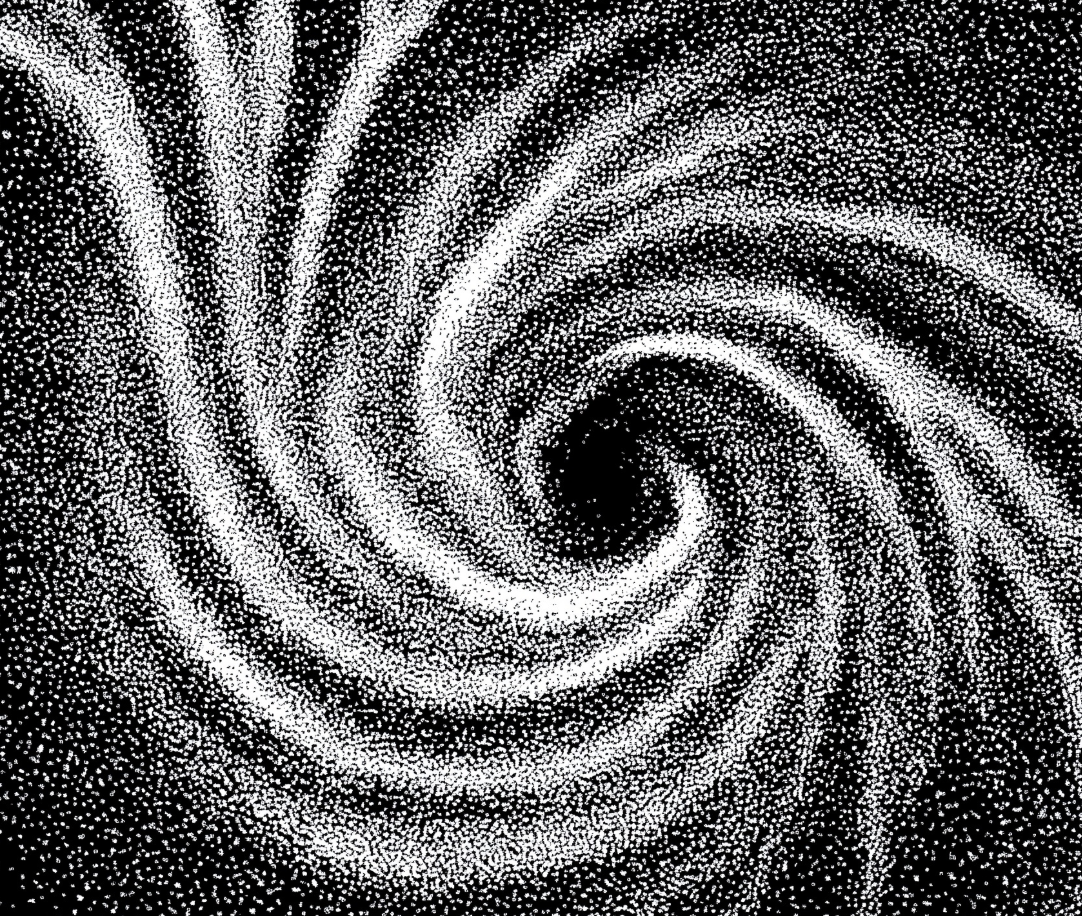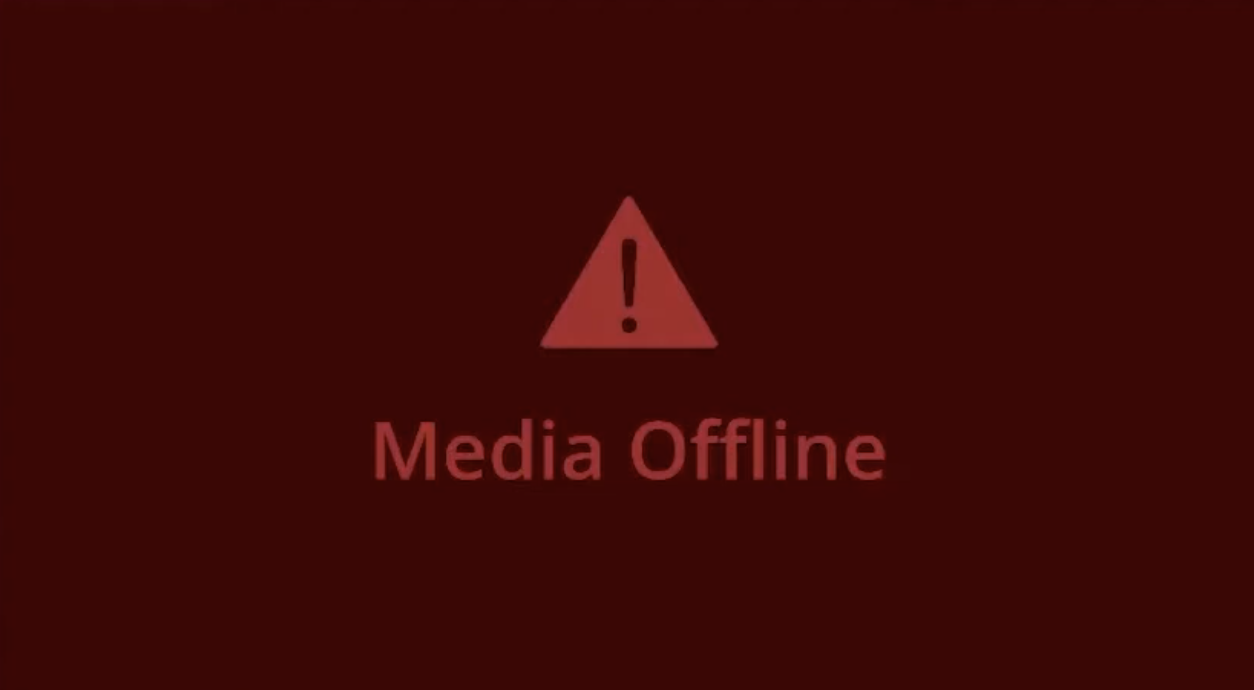Laggy playback in DaVinci Resolve can be frustrating, especially when you’re trying to edit efficiently. Whether you’re working on a high-resolution video, applying heavy effects, or dealing with an underpowered system, playback issues can slow you down.
In this guide, we’ll explore why DaVinci Resolve playback can lag and the best methods to optimize your timeline performance so you can edit smoothly.
Common Causes of Laggy Playback in DaVinci Resolve
Lag can be caused by several factors:
- High-resolution media (4K, 6K, or 8K footage) taxing your hardware.
- Complex timelines with many effects, transitions, or grades.
- Heavy codecs like H.265, RAW, or 10-bit 4:2:2.
- Slow storage drives (HDDs instead of SSDs).
- Low GPU or RAM resources.
If your playback issue isn’t caused by lag but by missing files, you may be dealing with a Media Offline error. Learn how to fix it with our full guide on resolving Media Offline issues in DaVinci Resolve.
1. Lower Timeline Resolution
Reducing your timeline resolution can greatly improve playback performance during editing, without affecting export quality.
Steps:
- Go to Project Settings → Master Settings.
- Lower the Timeline Resolution (e.g., 4K → 1080p).
- Save and continue editing.
2. Use Optimized Media (Proxies)
Generate optimized media to make playback smoother.
Steps:
- Select clips in the Media Pool.
- Right-click → Generate Optimized Media.
- Choose ProRes Proxy or DNxHR LB in Preferences.
Not sure about the difference between audio normalization and media optimization? Check out our guide on Normalize vs Optimize in DaVinci Resolve to understand how each tool affects your workflow.
3. Enable Render Cache
Pre-render complex sections for smoother playback.
Steps:
- Go to Playback → Render Cache → Smart.
- Wait for red bars to turn blue.
4. Adjust Playback Proxy Mode
Lower playback resolution without changing export settings.
Steps:
- Go to Playback → Proxy Mode.
- Select Half or Quarter Resolution.
5. Transcode Heavy Footage
Convert heavy formats like H.265 to lighter codecs before editing.
- HandBrake (Free) – Convert to H.264.
- Shutter Encoder – Convert to ProRes or DNxHR.
6. Upgrade or Optimize Hardware
If performance is still poor, consider upgrading:
- GPU with high VRAM.
- RAM: 16 GB for HD, 32 GB for 4K+.
- Storage: SSD or NVMe drives.
7. Close Background Apps
Shut down non-essential applications to free resources.
8. Use Adjustment Clips
Apply effects once on an adjustment clip instead of multiple clips to save GPU load.
Conclusion
Fixing laggy playback in DaVinci Resolve is a mix of adjusting settings, using optimized media, and ensuring your hardware is up to the task. By applying the right playback optimization strategies, you can make your editing workflow much faster and more enjoyable.
If you want to master DaVinci Resolve from beginner to pro, check out our complete DaVinci Resolve Course — designed to help you edit like a professional while saving time and boosting creativity.
FAQ
1. Why is my playback lagging in DaVinci Resolve?
Playback can lag due to high-resolution footage, heavy effects, slow storage drives, or insufficient hardware resources. Using optimized media, lowering timeline resolution, and enabling render cache are the most effective solutions.
2. How do I make DaVinci Resolve playback smoother?
To improve playback performance:
- Lower timeline resolution in Project Settings.
- Enable Proxy Mode (Half or Quarter Resolution).
- Generate Optimized Media in ProRes Proxy or DNxHR.
- Turn on Render Cache Smart for pre-rendering.
3. What are the best playback optimization settings in DaVinci Resolve?
For most projects, use:
- Timeline Resolution: 1080p for editing (export in final resolution).
- Proxy Mode: Half or Quarter.
- Optimized Media Codec: ProRes Proxy or DNxHR LB.
- Render Cache: Smart.
(See our table in the article for specific settings per project type.)
4. Will lowering timeline resolution affect export quality?
No. Lowering timeline resolution only affects editing performance, not the quality of your exported video. You can edit at 1080p and still export in 4K or higher.
5. How do I generate optimized media in DaVinci Resolve?
- Select clips in the Media Pool.
- Right-click → Generate Optimized Media.
- Choose ProRes Proxy or DNxHR LB in Preferences.
6. Should I upgrade my hardware to fix laggy playback?
If optimization settings don’t help, upgrading hardware can improve performance:
- GPU with higher VRAM.
- RAM: 16 GB for HD, 32 GB+ for 4K and above.
- SSD or NVMe drives for faster file access.
7. Is using proxies the same as optimized media in DaVinci Resolve?
They are similar but not identical. Proxies are lower-resolution copies of your footage, while optimized media uses high-performance codecs (like ProRes or DNxHR) at the same resolution to reduce processing strain.
✅ Pro Tip: Want to learn all the professional tips for smooth editing?
Check out our full DaVinci Resolve Course to edit faster and more efficiently.






